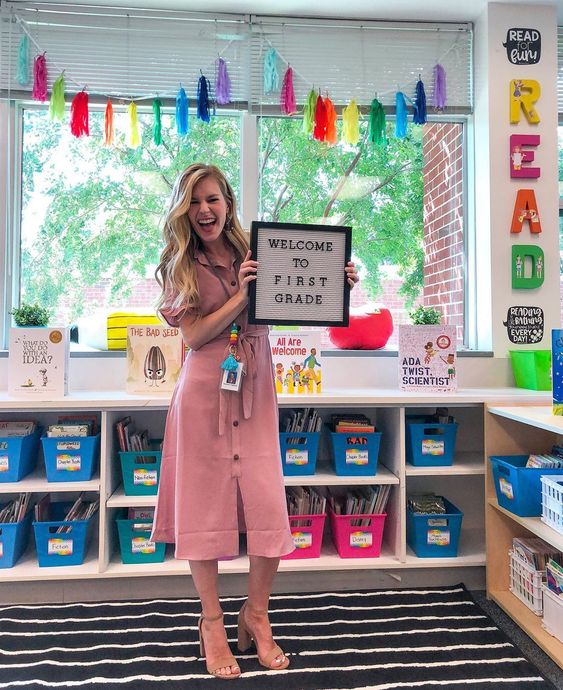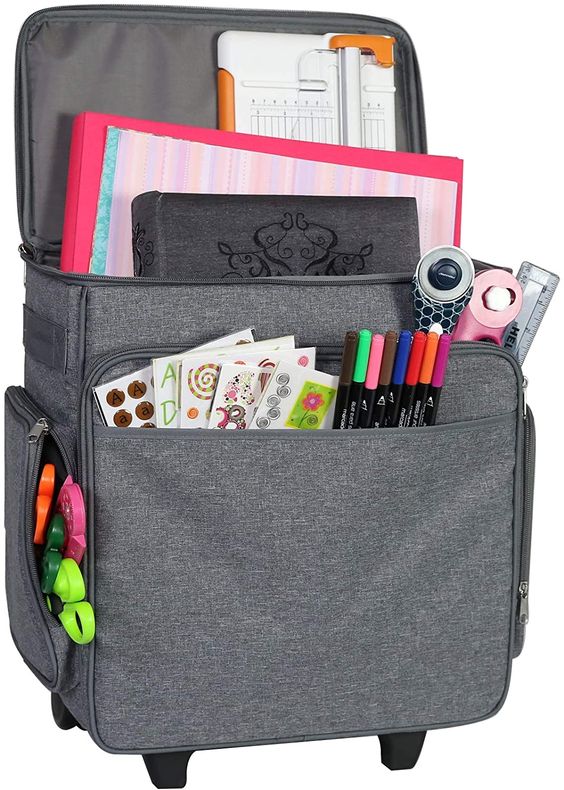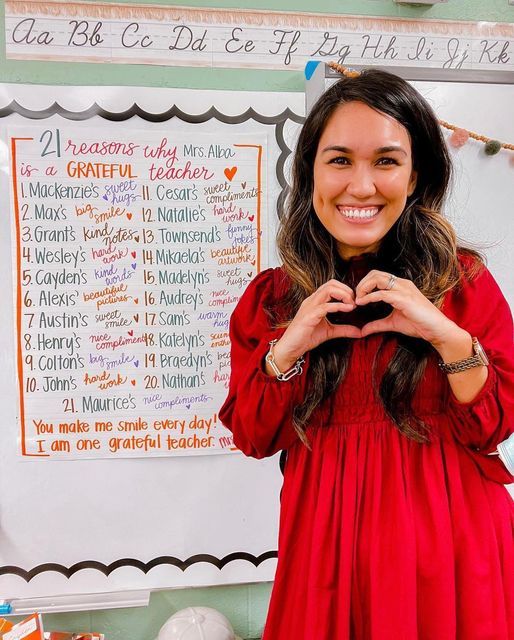Introduction:
For many teachers, the prospect of early retirement is appealing. The chance to leave behind the stress and long hours of teaching may seem like a dream come true. But before you pack up your classroom and head to sunnier shores, it’s important to consider the financial consequences that may arise from your decision.
In this article, we’ll delve into the complexities of early retirement from teaching, exploring potential pitfalls and offering some advice on how best to proceed should you decide this path is for you.
1. Pension Considerations:
One of the most significant factors impacting early retirement for teachers is their pension. Most educators are part of a defined benefit pension plan that guarantees a specific payout upon retirement based on years of service and salary history. Retiring early might result in reduced pension benefits, as not enough years have been accumulated to reach full pensionable service.
Before making any decisions about early retirement, it’s crucial to check with your pension administrator and understand the consequences this decision will have on your future income.
2. Reduced Social Security Benefits:
In addition to potentially reduced pension benefits, teachers who retire early may also face reduced Social Security benefits when they reach retirement age. This is because Social Security bases its calculations on your highest 35 years of earnings. If you retire early, you run the risk of having fewer high-earning years factored into these calculations.
3. Healthcare Coverage:
Another obstacle teachers face when considering early retirement pertains to healthcare coverage. Many school districts provide healthcare benefits for retirees; however, eligibility requirements often include a minimum age or years of service, potentially excluding those who retire early from receiving benefits.
4. Financial Planning for Early Retirement:
For those still committed to retiring early despite potential financial consequences, it’s essential to have a robust financial plan in place that can support your lifestyle in retirement. This may include reassessing your budget, investments, and overall financial strategy.
Consider working with a financial advisor who has experience with teachers’ retirement planning and can provide guidance on issues such as pension optimization, investment strategies, and potential income streams to help you make informed decisions about early retirement.
5. Alternative Options to Full Retirement:
For some teachers, the prospect of early retirement may not be feasible due to financial constraints. In these cases, it’s worth exploring alternative options such as:
– Reducing hours or taking on a part-time role within your school district
– Securing part-time work in education-related fields such as tutoring, curriculum development, or educational consulting
– Utilizing resources like books or webinars on early retirement planning for educators to gain deeper insights on optimal decision-making
Conclusion:
Early retirement from teaching can be an appealing thought. However, it’s vital to consider the financial consequences that may result from this decision before moving forward. Speak with your pension administrator and a financial advisor to ensure you have all the necessary information to understand how early retirement could impact your future finances.
By carefully investigating the potential pitfalls of early retirement and ensuring a strong financial plan is in place, you’ll be better equipped to make an informed decision about leaving teaching early and enjoying a well-deserved break from the classroom.











